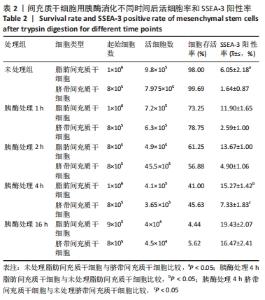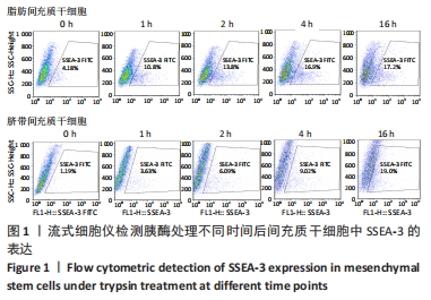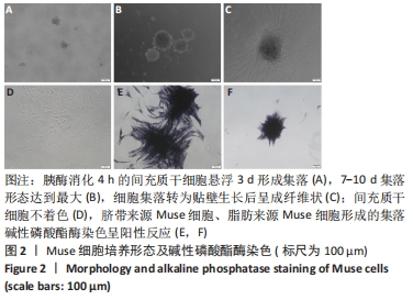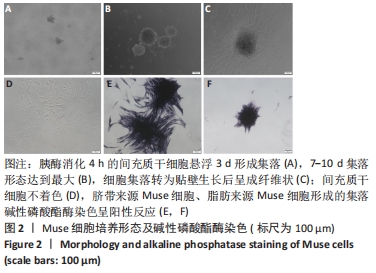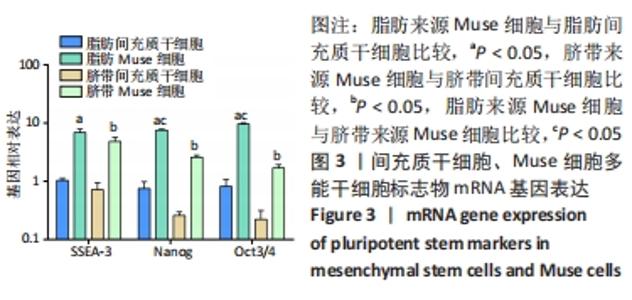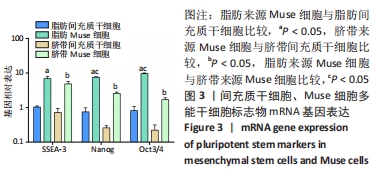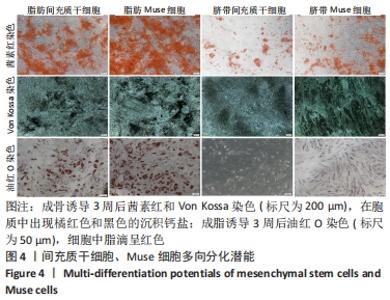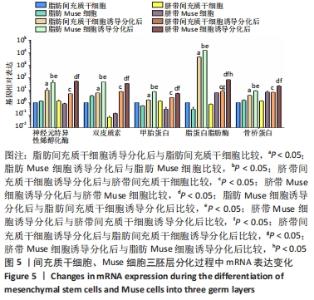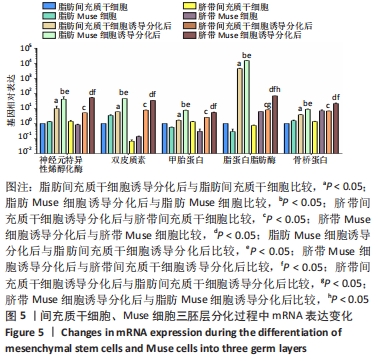[1] KURODA Y, KITADA M, WAKAO S, et al. Unique multipotent cells in adult human mesenchymal cell populations. Proc Natl Acad Sci U S A. 2010;107(19):8639-8643.
[2] ALESSIO N, SQUILLARO T, ÖZCAN S, et al. Stress and stem cells: adult Muse cells tolerate extensive genotoxic stimuli better than mesenchymal stromal cells. Oncotarget. 2018;9(27):19328-19341.
[3] OGURA F, WAKAO S, KURODA Y, et al. Human adipose tissue possesses a unique population of pluripotent stem cells with nontumorigenic and low telomerase activities: potential implications in regenerative medicine. Stem Cells Dev. 2014;23(7):717-728.
[4] YANG Z, LIU J, LIU H, et al. Isolation and characterization of SSEA3(+) stem cells derived from goat skin fibroblasts. Cell Reprogram. 2013; 15(3):195-205.
[5] KURODA Y, WAKAO S, KITADA M, et al. Isolation, culture and evaluation of multilineage-differentiating stress-enduring (Muse) cells. Nat Protoc. 2013;8(7):1391-1415.
[6] WAKAO S, AKASHI H, KUSHIDA Y, et al. Muse cells, newly found non-tumorigenic pluripotent stem cells, reside in human mesenchymal tissues. Pathol Int. 2014;64(1):1-9.
[7] TOYODA E, SATO M, TAKAHASHI T, et al. Multilineage-differentiating stress-enduring (Muse)-like cells exist in synovial tissue. Regen Ther. 2018;10:17-26.
[8] YAMAUCHI T, YAMASAKI K, TSUCHIYAMA K, et al. A quantitative analysis of multilineage-differentiating stress-enduring (Muse) cells in human adipose tissue and efficacy of melanocytes induction. J Dermatol Sci. 2017;86(3):198-205.
[9] SHIMAMURA N, KAKUTA K, WANG L, et al. Neuro-regeneration therapy using human Muse cells is highly effective in a mouse intracerebral hemorrhage model. Exp Brain Res. 2017;235(2):565-572.
[10] FOUAD AM, GABR MM, ABDELHADY EK, et al. In vitro differentiation of human multilineage differentiating stress-enduring (Muse) cells into insulin producing cells. J Genet Eng Biotechnol. 2018;16(2):433-440.
[11] ISEKI M, KUSHIDA Y, WAKAO S, et al. Muse Cells, Nontumorigenic Pluripotent-Like Stem Cells, Have Liver Regeneration Capacity Through Specific Homing and Cell Replacement in a Mouse Model of Liver Fibrosis. Cell Transplant. 2017;26(5):821-840.
[12] ABE T, ABURAKAWA D, NIIZUMA K, et al. Intravenously Transplanted Human Multilineage-Differentiating Stress-Enduring Cells Afford Brain Repair in a Mouse Lacunar Stroke Model. Stroke. 2020;51(2):601-611.
[13] YABUKI H, WAKAO S, KUSHIDA Y, et al. Human Multilineage-differentiating Stress-Enduring Cells Exert Pleiotropic Effects to Ameliorate Acute Lung Ischemia-Reperfusion Injury in a Rat Model. Cell Transplant. 2018;27(6):979-993.
[14] 冷子宽,高正超,贺西京,等.人脐带来源 Muse 细胞培养、筛选、鉴定及其移植治疗大鼠脊髓损伤[J].中国骨伤,2019,32(4):327-334.
[15] SATO T, WAKAO S, KUSHIDA Y, et al. A Novel Type of Stem Cells Double-Positive for SSEA-3 and CD45 in Human Peripheral Blood. Cell Transplant. 2020;29:963689720923574.
[16] LENG Z, SUN D, HUANG Z, et al. Quantitative Analysis of SSEA3+ Cells from Human Umbilical Cord after Magnetic Sorting. Cell Transplant. 2019;28(7):907-923.
[17] 黄平,张坤,李芳,等.脐带和脂肪源性间充质干细胞生物学特性比较[J].山东大学学报(医学版),2018,56(3):72-78.
[18] TSAI MJ, LIOU DY, LIN YR, et al. Attenuating Spinal Cord Injury by Conditioned Medium from Bone Marrow Mesenchymal Stem Cells. J Clin Med. 2018;8(1):23.
[19] ULLAH M, LIU DD, THAKOR AS. Mesenchymal Stromal Cell Homing: Mechanisms and Strategies for Improvement. iScience. 2019;15:421-438.
[20] LIU YM, LI WY, XU LL, et al. Catharmus tinctorius volatile oil promote the migration of mesenchymal stem cells via ROCK2/Myosin light chain signaling. Chin J Nat Med. 2019;17(7):506-516.
[21] YAMAUCHI T, KURODA Y, MORITA T, et al. Therapeutic effects of human multilineage-differentiating stress enduring (MUSE) cell transplantation into infarct brain of mice. PLoS One. 2015;10(3):e0116009.
[22] REBELATTO CK, AGUIAR AM, MORETÃO MP, et al. Dissimilar differentiation of mesenchymal stem cells from bone marrow, umbilical cord blood, and adipose tissue. Exp Biol Med (Maywood). 2008;233(7):901-913.
|
